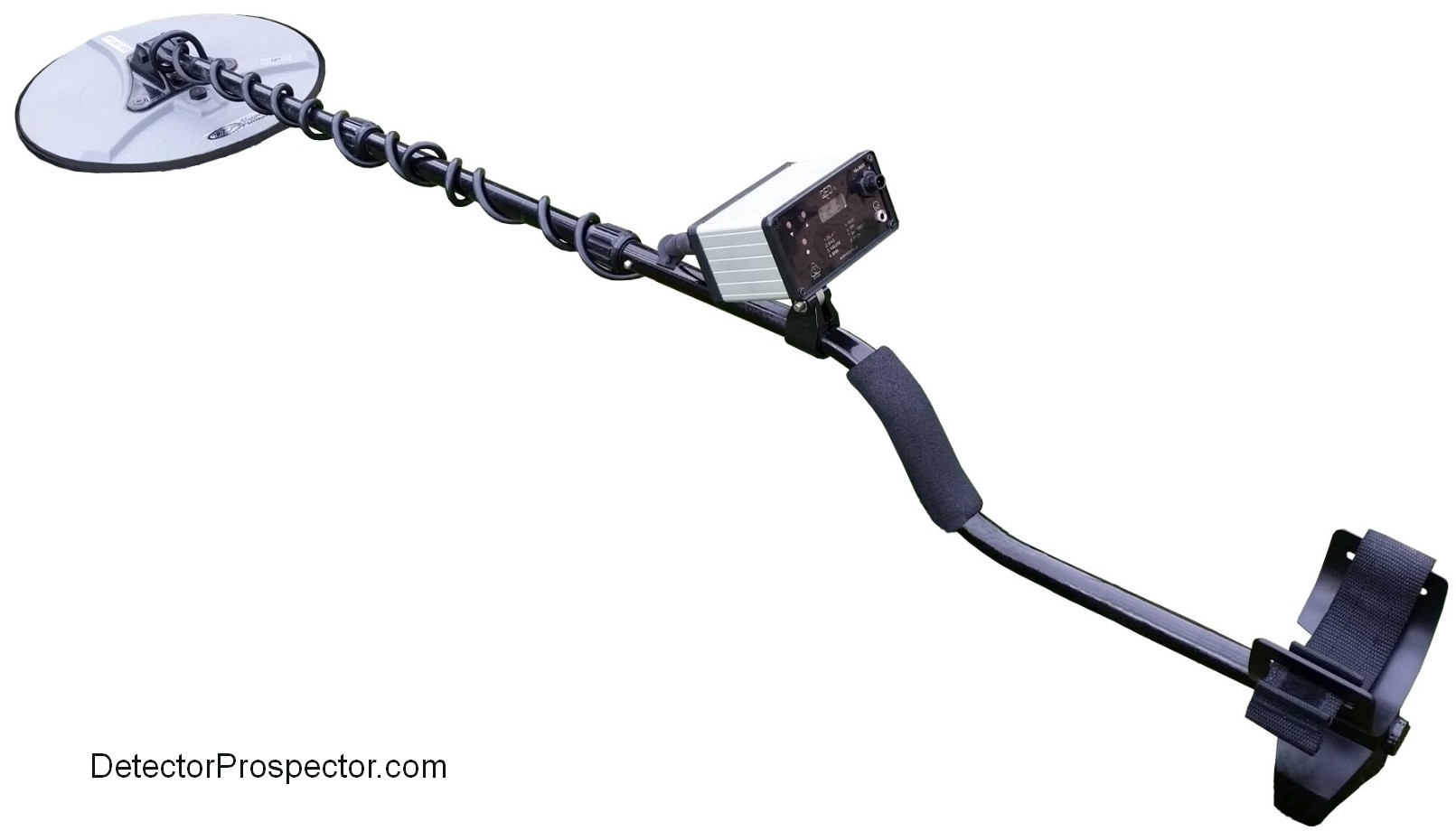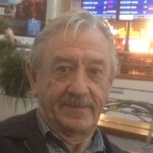-
Posts
692 -
Joined
-
Last visited
-
Days Won
4
Content Type
Forums
Detector Prospector Home
Detector Database
Downloads
Posts posted by Reg Wilson
-
-
I could write a book on the gold I've missed. Far more than I ever found .
A mate and I detected not far from the old school house at Kingower. 2 years later the 'hand of faith' nugget was discovered about a hundred meters or less from our spot. [we only found small gold there]
-
 5
5
-
-
mn, in reply to your question, I found my first color at Wedderburn in central Victoria in 1979. It weight about 3 grams and was detected with a Whites Coinmaster under a tree at a spot called 'shicer' gully.
I guess the guy who inspired me the most, and found a staggering amount of gold in Victoria, West Australia and Queensland was John Hider Smith. I was fortunate to work with John for some time, and was amazed at his ability.
I currently work on the odd project with James Beatty, when he is not busy farming, and enjoy his company immensely. (he is pretty handy with a detector as well)
-
 5
5
-
 1
1
-
-
A guy I know is having problems with his Monster. It starts off okay, but becomes unusable within half an hour. I offered to test it for him, but he has sent it back. I will try to borrow one to see how it performs.
-
G'day to American (and other) prospectors.
It's a buzz and a pleasure to work with JR, a damned good prospector, and all round good bloke who really knows how to read ground.
We have had a lot of fun and quite reasonable success with our QEDs and I knew straight away when I first came across the QED that James was one guy who could make it sing. Thanks to JR you have seen the 'proof of the pudding'.
-
 3
3
-
-
My requirements in a detector
1 Light weight
2 Right or left handed
3 Good stability in all soil types
4 Effective with small or large coils (small and large gold)
5 Good charge life
6 Ease and speed of charging
7 Manually adjustable ground balance
8 Fast and definite target response
9 Low EMI
10 Well balanced (ergonomic)
11 Wireless (power and audio)
12 Reasonably priced
13 Ability to respond to deep targets
14 Reliable
-
KiwiJW, I'm afraid I could not adapt to, nor feel comfortable using the hip stick. I don't feel we should be trussed up like a pack animal. That is not my idea of prospecting. This is the twenty first century. The age of ergonomics.
-
 1
1
-
-
Ùntil the end of 2016, my choice was the GPZ 7000, however, I was lucky enough to be approached to test a new Australian made detector, the QED. It only took a few days to adapt to the new machine, and I soon began finding gold with it. I found that my 7000 was being used less and less as I became more familiar with the QED. The QED weighs a fraction of the 7000, and has very comparable depth, with very sharp signal response. Any Minelab compatible mono coil can be used, my favourites being the 11" Coiltek Elite for smaller gold, and the 25"Nuggetfinder for greater coverage, and greater depth.
The GPZ is a detector that has really great signal definition, and has good depth especially if the ground is mild enough to run it in 'normal' setting, but the weight was beginning to tell on me as I have had a broken wrist from a motorcycle accident some years ago. The Z had found me quite a lot of gold, including a 27.75 oz nugget last year, but it had to go as my wrist pain would keep me awake at night after a days detecting, even with the bungee cord I found that changing direction at the end of each swing was tiresome because of the inertia build up due to the weight. It felt like trying to turn a tug boat around, and the 19"coil was far worse.
I would like like to see Minelab start to take ergonomics into consideration, and design detectors specifically for prospectors rather that modified military monsters, for which we are expected to be eternally grateful.
-
 6
6
-
-
My thanks to other QED owners for their input. In regard to various coils, changing the mode to suit the coil seems to iron out any GB problems except for the occasional extreme ground.
-
Sorry if my post sounded like a sales pitch, but after adapting to this machine I've really got to like it. I wouldn't say it's the easiest detector I've ever used, as it has manual ground balance, and does play up a bit on very changeable ground, but so do my other detectors. (GPX and GPZ)
My machine is a prototype, but is in every way identical to the production model, except in the internal layout. It is not a 'souped up' version in any way.
On a recent patch of small colors it was more responsive and easier to use than my other machines, cleaning up faster and easier. Tiny pieces were recovered at depths that really surprised me. At the other end of the scale, a 25" Nuggetfinder ran as smooth as silk, and pulled up deep targets. (no big colors yet)
-
 1
1
-
-
Steve, I come here as a victim, not as a perpetrator. As one of the first testers for this machine, I was and still am uninterested in the childish politics involved. My only interest is that of a long term prospector, and one time tester for Minelab, in the advancement of metal detector technology, and in particular the ergonomics, as for me at my age a light and comfortable machine is more important than it used to be.
I have no financial interest what so ever in the QED, I just wish to see a good product get a fair evaluation without being persecuted by others with agendas. There are an increasing number of QED users in Australia who have found it to be most impressive, as have I,
Thanks, Reg.
-
 1
1
-
-
The new compact, super light PI from Ballarat, Australia. This machine uses any Minelab PI compatible mono coil and is dynamite on small as well as larger gold. It is almost totally unaffected by EMI enabling it to be used near or practically beneath power lines. All hand built, on a limited production scale, this little beauty is creating great interest in Australia, where it can handle the highly mineralized soils.




Tow Coils / Detector Sleds
in Detector Prospector Forum
Posted
Paul, I've messed about with sledding (tow coils) since the GT16000 came on the market, which made the concept a possibility because the detector could ground balance as you progressed over varying soil conditions. With the introduction of the 2200d it was possible to step up to pulse induction which meant more mineralised ground could be sledded than with VLF. Experimentation led to the conclusion that mono was the way to go as target response with a dd was way too slow. The best detector so far has been the GPX4000 for this type of detection, although I am yet to try the QED.
Trial and error has taught me that the best setup has been a coil on a section of rubber conveyor belt. It proves the old 'KISS' principle. Keep it simple stupid.